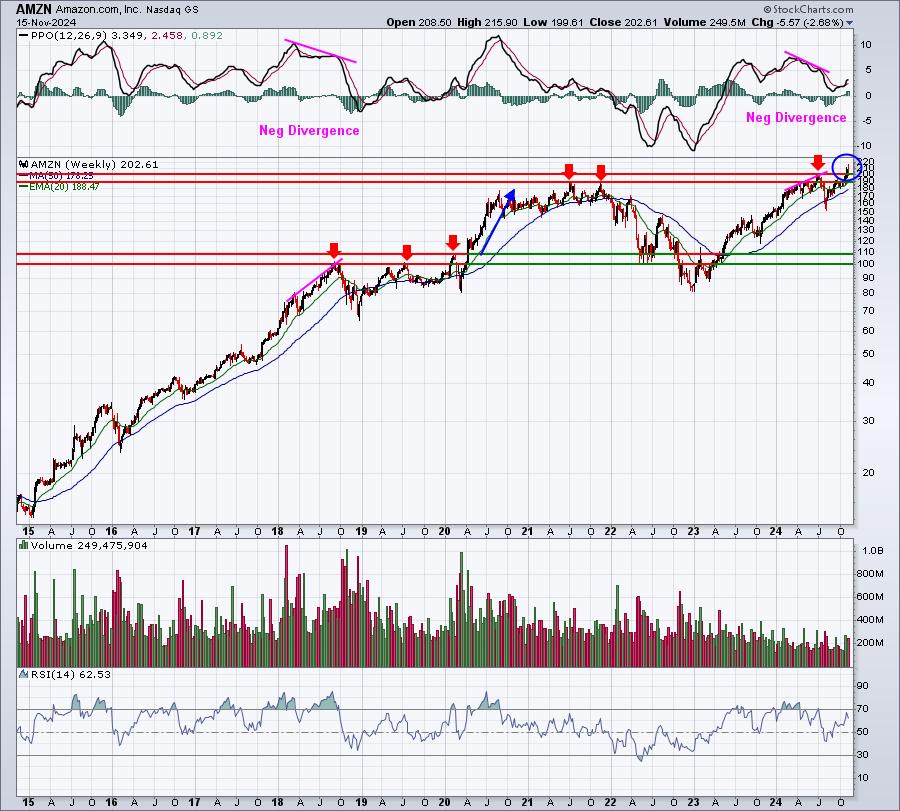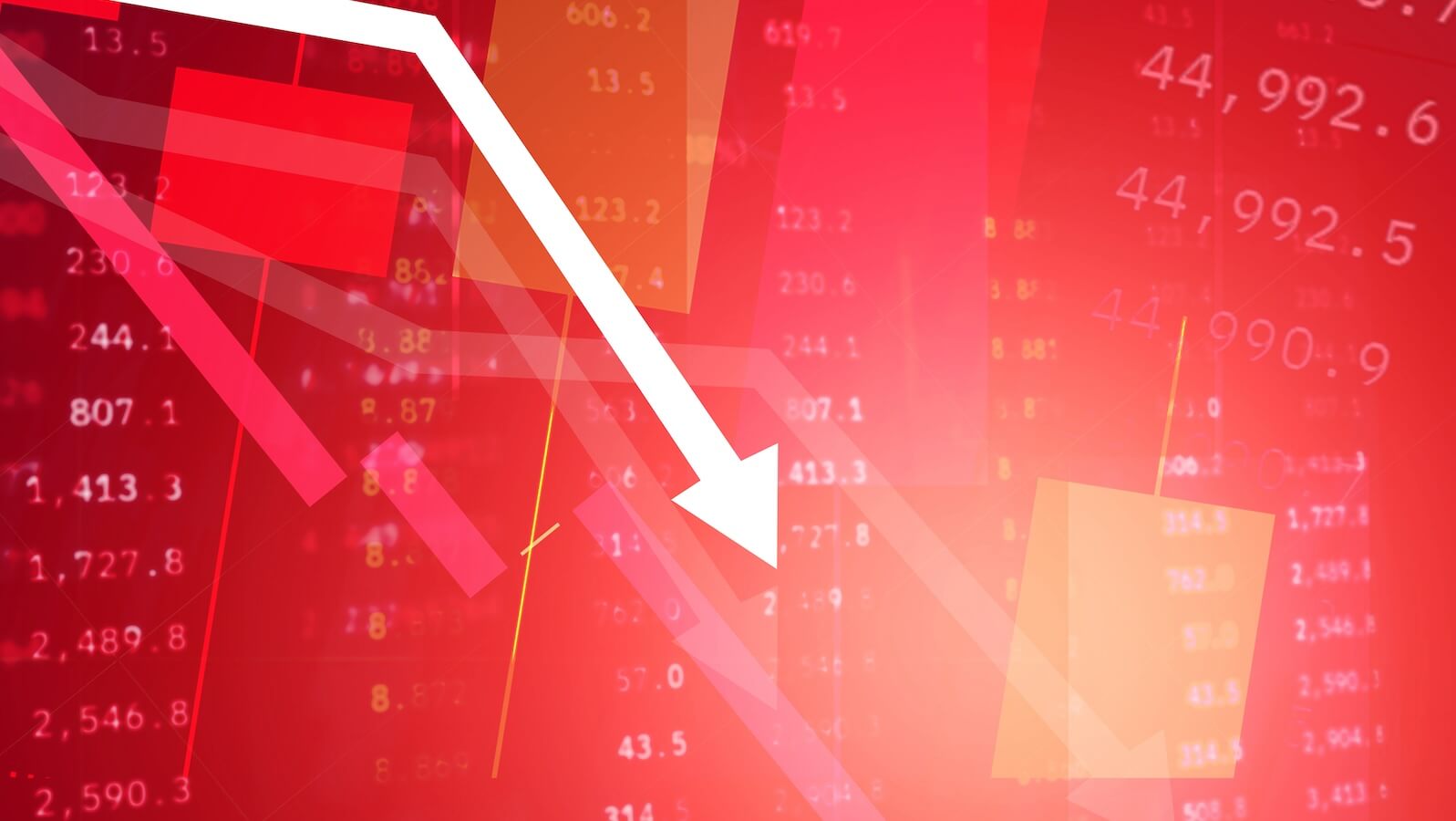As the year draws to a close, it’s time to start thinking about your New Year’s resolutions. But how can you make them last longer than a few weeks? Here’s an approach that traders and investors can try.
The ball’s dropped, the champagne bursts, and you’ve finally got Auld Lang Syne out of your system. You’re ready for next year—plan your juice diets, enroll in a personal trainer, and buy a new pair of running shoes. This year you are determined to stick to your resolutions for more than a month. But really, what are the chances of that happening? Well, you know yourself better than anyone.
If you’re anything like the average person, you’ll break all your resolutions in less than a week. So instead of being hard on yourself, try a different approach this year. Consider applying your top 5 resolutions to your investment portfolio. Here are 5 to get you started.
 Resolution #1: Give your portfolio adequate practice
Resolution #1: Give your portfolio adequate practice
Like you, your portfolio needs regular training. If you let your portfolio settle down, some of the assets could become sluggish. So, from time to time, identify the assets that are sitting there not doing much and think about how you can pull them out of their slump. You may not want to sell these assets because they will still benefit your portfolio. So how can you add some zing to these investments?
Well, try to shake things up a little by reading up on different strategies you can employ to get a little more out of these idlers. Have you ever thought of strategies like covered calls or cash collateralized puts? How about pair trading? The new year could be a good time to learn about different strategies that could make your portfolio more active.
 Resolution #2: Give your portfolio a healthy diet
Resolution #2: Give your portfolio a healthy diet
Just as a healthy diet includes recommended servings of carbohydrates, proteins, and fats, your portfolio should also include a healthy balance of different asset classes or sectors. You know the saying “don’t put all your eggs in one basket”. You don’t want a stock, sector, or asset class to overweight your portfolio.
For example, you can split your investments between stocks, bonds, commodities and currencies. Within each of these classes there are subclasses. Equities can be divided into different sectors or asset classes. Bonds could be split between government and corporations. Commodities can mean gold, crude oil or corn. you have the idea
Find a healthy balance that diversifies your portfolio, meets your investment objective and maintains your risk tolerance. Then keep that balance because, as you know all too well, things change.
 Resolution #3: Limit the fat content of your portfolio
Resolution #3: Limit the fat content of your portfolio
Everyone is guilty of reaching for the gooey gastronomic delights and eating the whole box. The same desire extends to the best traders and investors. When the price of some stocks keeps going up and up for no good reason — think meme stocks — it’s tempting to bend your trading rules. Everyone else is doing it, so why not you? So fill up your portfolio with the stocks everyone is chasing.
Then, after a while, the gut health of your portfolio starts to suffer.
The problem: Becoming overweight these few stocks in your portfolio can shorten the life of your portfolio. Resist the temptations of the stock market. If you’re still reaching for those high flyers, you know it’s likely a short-term game. Don’t be seduced by visions of long-term benefit.
 Resolution #4: Don’t fall in love with a stock
Resolution #4: Don’t fall in love with a stock
Hopefully you have invested in an asset to get a positive return on your investment. But sometimes it’s easy to fall in love with a stock because the price keeps going higher and higher. You add more of these stocks to your portfolio because your “favorite” stock will bring you even better returns. But the higher prices could mean they need to fall further. And when this stock ends up falling lower and lower, you’ll be left heartbroken.
If the asset no longer meets your investment objective, there is no reason to recommend it. Remember that all big losses start small. Be ready to let go of the loser.
 Resolution #5: Treat your portfolio with care
Resolution #5: Treat your portfolio with care
Every asset in your portfolio is fragile. Even the least risky investment carries risk that needs to be carefully managed. Proper risk management is what makes an investor or trader shine. So how do you prevent your portfolio from suffering catastrophic losses?
Think about how much loss you are willing to take. Easier said than done – it’s a fine balance between art and science. Maybe you’re willing to lose 20% on every trade, or you’re willing to lose that much of your entire portfolio at any time. Maybe your threshold is lower. Only you can decide how much you are willing to lose on a trade. But remember, too low and you could end up with too many losing positions and not enough winners to make it worth your money. And if your threshold is too high, you may end up with a drawdown that wipes out your hard-earned returns.
Risk management is quite important for investors and traders, but a topic that many do not think about. Treat every asset in your portfolio like a rare collectible. Always keep in mind what could go wrong and how to protect it by implementing stop orders, thinking about the size of your positions and diversifying your portfolio appropriately.
Sticking to your New Year’s resolutions
Just like your personal resolutions, your commercial resolutions require discipline. Set up your chart lists So they reflect your entire portfolio. After a few months, assess how you are doing. When you find yourself breaking your rules — loafers in your portfolio, overweight an area, falling in love with a stock — it may be time to stop, reevaluate, and bet again. Rinse and repeat at regular intervals. Last but not least, be ready to take on the market no matter what it throws at you.
Here’s to a healthy and successful year 2023!

Jayanthi Gopalakrishnan
Director, Website Content
StockCharts.com
Disclaimer: This blog is for educational purposes only and should not be construed as financial advice. The ideas and strategies should never be used without first assessing your own personal and financial situation or without consulting a financial professional.
Happy charting!

Jayanthi Gopalakrishnan is Director of Site Content at StockCharts.com. She spends her time creating content strategies, providing content to educate traders and investors, and finding ways to make technical analysis fun. Jayanthi was Managing Editor at T3 Custom, a content marketing agency for financial brands. Prior to that, she was senior editor of Technical Analysis of Stocks & Commodities magazine for over 15 years.
learn more





